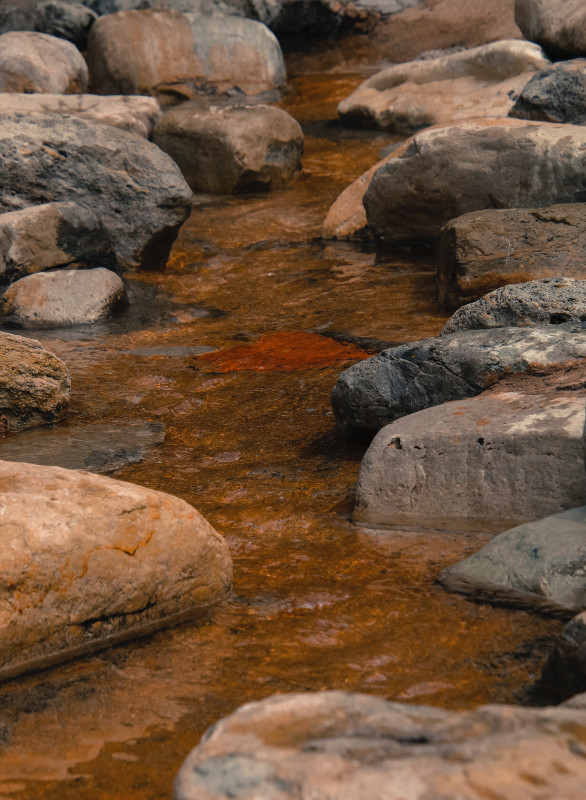| Categories: |
|---|
Estimated reading time: 2 minutes
When a regulatory issue or environmental litigation involves geochemistry (the chemical composition of water, sediments, soils, and rocks) it is critical to use all available data and the appropriate statistical analyses and to communicate the results clearly and effectively to the non-technical decision-makers or finders of fact.
This is particularly true when an environmental permit holder can be penalized by a regulatory agency or sued by an environmental NGO for violating the Clean Water Act (CWA) by exceeding the arbitrary maximum concentration limit for the chemical. Quite often that the assessment was based on incorrect handling of non-detected values or inappropriate statistical models. Correct analyses of the data might show that the high concentrations are inherent natural variability or are artifacts of mis-handling of the very low values.
In a CERCLA (“Superfund”) situation, correctly analyzed water quality data could reduce responsible party liability and, if the chemical of interest is tightly bound to a substrate and not biologically available, they might not be libel for any damages.
When an analytical chemistry laboratory reports that an environmental chemical constituent was “not detected” or “below method detection limit” it means the value it unknown; it could be zero or anything up to the minimum reporting level. Therefore, any data analysis that sets these non-detected values to zero, the reporting level, or any arbitrary value between them (half the difference between zero and the reporting level is common and used by the EPA) is wrong. There are statistical models that correctly incorporate non-detected values robustly and correctly, even when these values are 80% or more of the data set. Such methods have been available to the environmental science community of about 40 years; there’s no reason to not use them.
This work was originally published on the Applied Ecosystem Services, LLC web site at https://www.appl-ecosys.com/blog/when-water-quality-is-the-issue/
It is offered under the terms of the Creative Commons Attribution-NonCommercial-NoDerivatives 4.0 International license. In short, you may copy and redistribute the material in any medium or format as long as you credit Dr. Richard Shepard as the author. You may not use the material for commercial purposes, and you may not distribute modified versions.

